Test Bank For Managerial Economics 5th Edition
Test Bank For Managerial Economics Chapter 2
1. One lesson of business:
a. is tracing the consequences of a policy.
b. promoting a policy change to eradicate inefficiencies.
*c. moving assets from lower to higher value uses, thereby creating wealth. d. None of the above
2. An individual’s value for a good or service is the
a. The amount of money he or she used to pay for a good *b. The amount of money he or she is willing to pay for it c. The amount of money he or she has to spend on goods d. None of the above
3. The difference between Capitalism and Socialism is that
a. Capitalism is concerned more about how to slice up the “pie”
b. Socialism is concerned with making the “pie” as large as possible *c. Capitalism is concerned with making the “pie” as large as possible d. Both A and B
4. A consumer values a car at $30,000 and a producer values the same car at $20,000. If the transaction is completed at $24,000, the transaction will generate:
a. No surplus
b. $4,000 worth of seller surplus and unknown amount of buyer surplus *c. $6,000 worth of buyer surplus and $4,000 of seller surplus
d. $6,000 worth of buyer surplus and unknown amount of seller surplus
5. A consumer values a car at $30,000 and a producer values the same car at $20,000. The transaction will not take place if a tax is imposed
a. equal to the seller surplus
b. smaller than the total surplus *c. larger than the total surplus d. smaller than the buyer surplus
6. A consumer values a car at $30,000 and a producer values the same car at $20,000. If the transaction is completed at $24,000, what level of sales tax will result in unconsummated transaction?
a. 0% b. 25%
1
Test Bank For Managerial Economics Chapter 2
c. 20% *d. 40%
7. A consumer values a car at $30,000 and a producer values the same car at $20,000. What amount of tax will result in unconsummated transaction?
a. $4,000 b. $9,000 *c. $15,000 d. $2,000

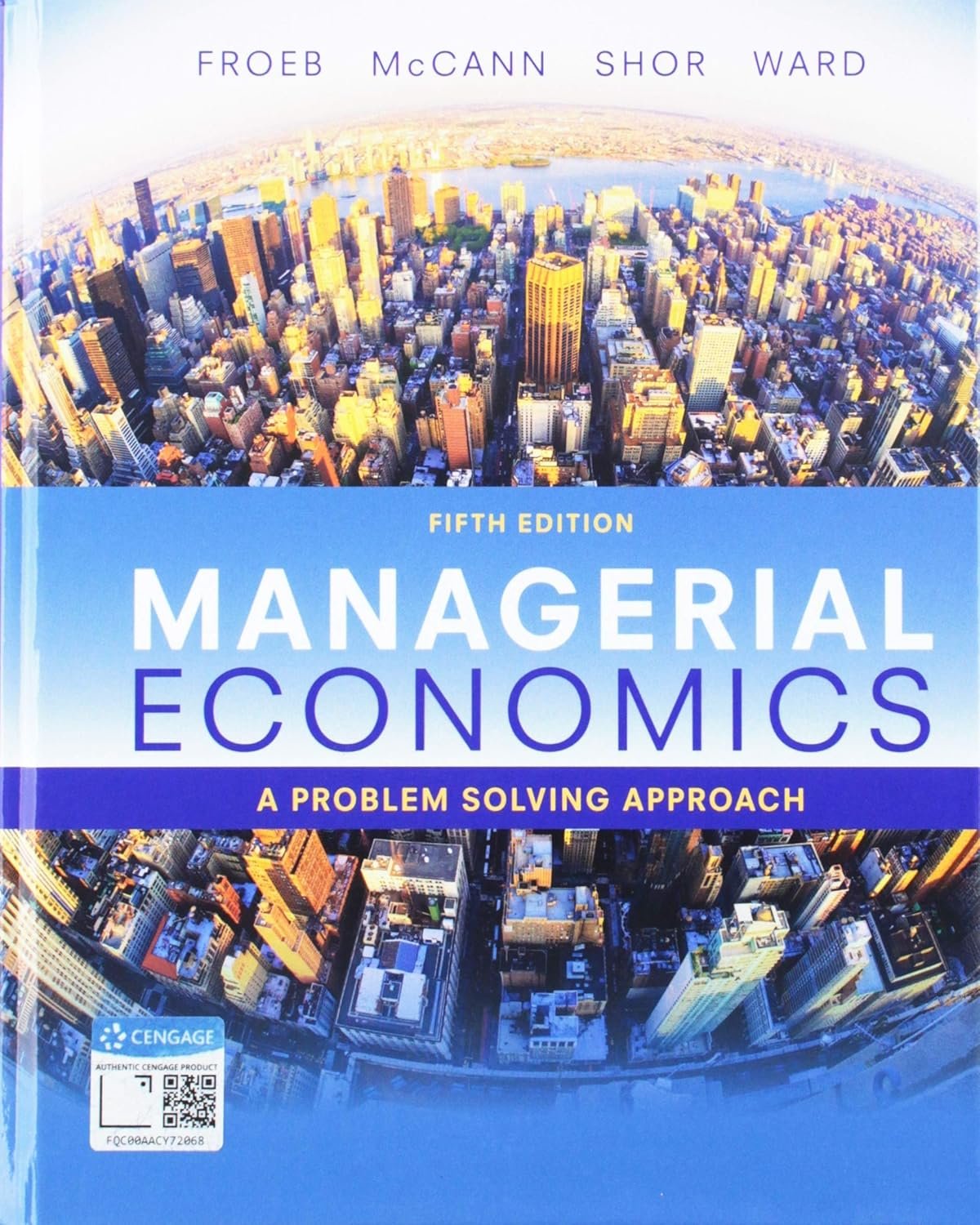

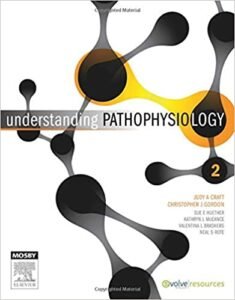

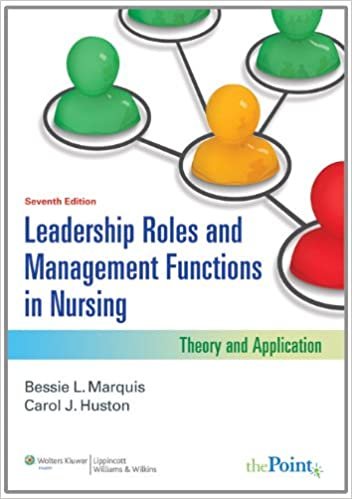

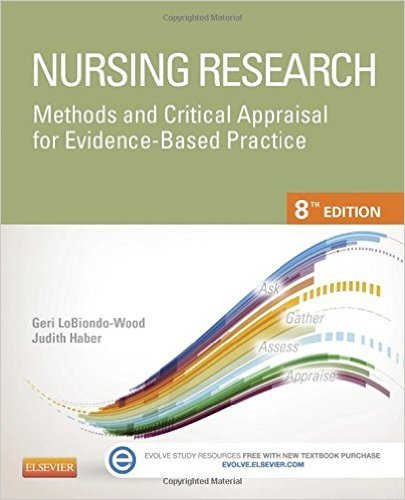

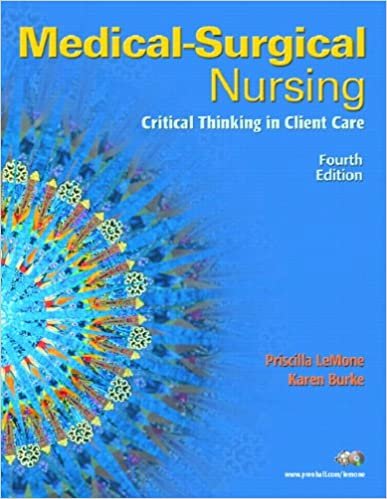


Reviews
There are no reviews yet.